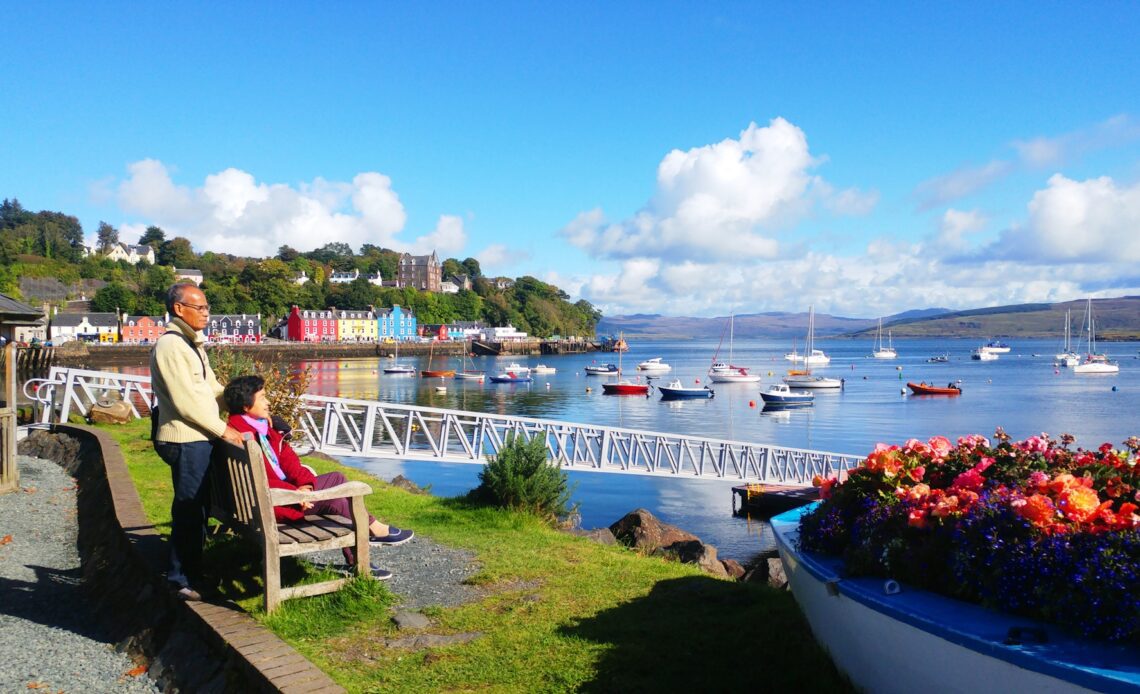For all its lavish castles, ornamented palaces and hunting estates for the well-to-do, Scotland is a nation of shrewd spenders.
Small wonder locals are said to have short arms and deep pockets, meaning theirs is a culture often driven by the need to save money, spend wisely and maximize fun. Virtue is always found in frugality.
The country itself also seems to have been born with the thrifty in mind. So many world-class sights are gloriously free and, from rippling mountains to deep sea lochs to heather-mussed glens, traveling on a tight budget is stress-free. All you need is a sense of adventure and to know that food, transportation and accommodation are as expensive, or as cheap, as you want to make them.
Here are our top tips and travel hacks to help you save money on a visit to Scotland, along with a guide to daily costs.
Daily costs
Hotel room: £80–150
Campsite: from £12
Public transport ticket: £2–4
Coffee: £3.50
Sandwich: £4
Dinner for two: £60–80
Beer/pint at the bar: £5–6
Bottle of Irn Bru: £2
Dram of whisky: £5–7
Haggis, neeps and tatties in a pub: £12
Wild camping: Free
Whale and dolphin watching from land: Free
As a rough guide, a total average daily cost, covering three meals a day, plus accommodation and a small budget for activities, should cost in the range of £120–170. Note, this depends on numerous factors, including on where you choose to stay and eat, and whether you are in a pricier destination like Edinburgh or Glasgow or not.
Visit at the cheapest time of year
It’s a given that summer is the busiest season to visit. You can expect the warmest temperatures and sunniest days for hill walking, watersports, golfing and island-hopping, plus festival season is in full swing — in particular, the Edinburgh Festival Fringe turns the capital upside down (in a good way) every August. By virtue of this, it also makes it the most expensive time to visit the city, with accommodation rates almost doubling throughout the month.
Other times to avoid to keep your budget on track are December and January. The Hogmanay festivities drive prices up during the post-Christmas New Year period and, after the turn of the year, the party continues unabated. Celtic Connections brings in thousands of folk-spirited music fans to Glasgow, while…
Click Here to Read the Full Original Article at Stories – Lonely Planet…
